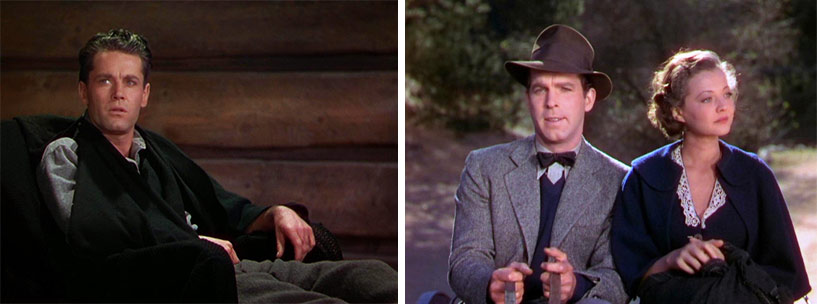

In 1921 he purchased the property from Babcock Smith. Some of Hart's Westerns were shot on and around a ranch in Newhall, California. He became one of Hollywood's top actors and most successful directors. The public loved "Two Gun Bill" and his movies, and he obliged the fans with one success after another. I had to bend every endeavor to get a chance to make Western motion pictures." Hart obtained parts in several Westerns and collaborated in writing screenplays, and his film career was launched.Īs a filmmaker, Hart drew on his childhood experiences, insisting on using realistic costumes, locales, and situation. In his autobiography, he wrote, "I was an actor and I know the West. While touring with the company of The Trail of the Lonesome Pine in 1914, Hart decided to move to California to make Western films. His subsequent stage roles were primarily Western and included the lead in an enormously successful production to The Virginian. Hart's first Western role was also in a stage production: in 1905, he was cast as "Cash" Hawkins in The Squaw Man. He received critical acclaim for his own production of The Man in the Iron Mask and his creation of the role of Messala in Ben Hur. By 1900 he had appeared in productions from New York to San Francisco to Montreal. The Hart family returned to New York while Bill was in his early teens, and it was there that he developed an interest in the stage. He gained a respect for Indians and their cultures that he never lost. Young Bill was raised in a pioneer atmosphere he had contact with Indians, ranchers, and cowboys and learned Indian sign language and a little of the Sioux language from his playmates. During his boyhood, his family traveled extensively in the Midwest as his father searched unsuccessfully for the ideal site to build a gristmill and make a permanent home for his family.

William Surrey Hart was born in Newburgh, New York, probably in 1864. Fame, artistic recognition, and wealth were Hart's rewards. At the same time, he made a major contribution to film history by developing and embodying the prototype of the frontier hero. Hart created a film style that revealed a more authentic vision of the Old West. But in the course of appearing in or producing more than 60 movies over an eleven-year span, William S. Although Western motion pictures were already very popular, for the most part they were exercises in mediocrity, filled with "impossibilities or libels on the West," according to Hart in his 1929 autobiography, My Life East and West. HART BEGAN HIS FILM CAREER in 1914, he initiated a fresh approach to Westerns that continues to influence the genre today. Information from the Friends of Hart Park: In 1864, made his last film ("Tumbleweeds") in 1925, moved to Newhall in 1927 and died in 1946. Hart on the cover of Motion Picture magazine, April 1924.


 0 kommentar(er)
0 kommentar(er)
